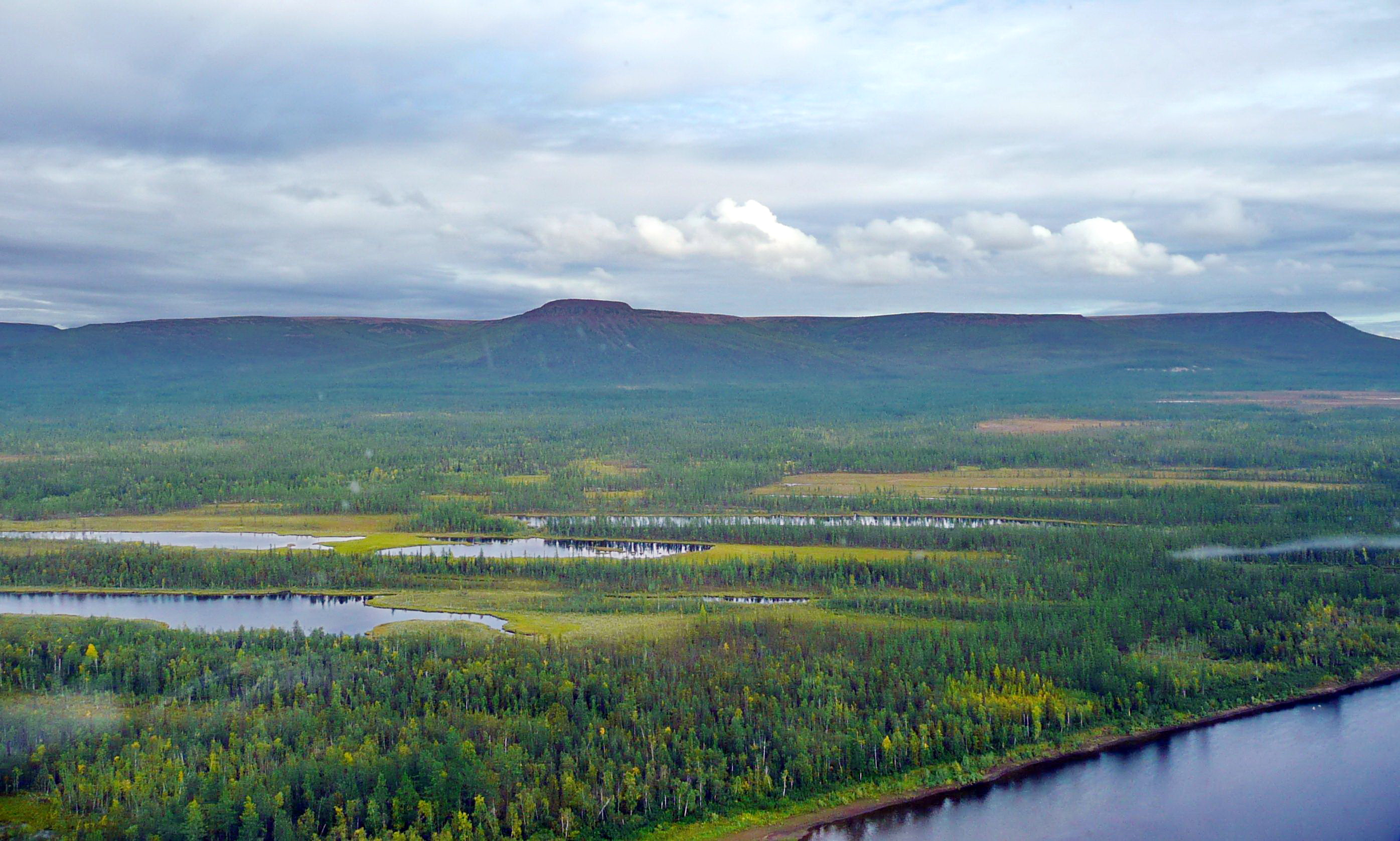Friday, February 15, 2013
The Tunguska Event
The largest well-documented impact event between a near-Earth object and Earth in recorded history occurred near the Podkamennaya Tunguska River in Siberia in 1908. The explosive energy released by a comet fragment striking Earth's atmosphere was equivalent to the largest American thermonuclear weapon ever detonated, and you can read more about it here:
The Tunguska event
Fortunately very few people live in this region today, and even fewer lived there a century ago. The cataclysmic scale of the blast wasn't muted by the lack of human presence, of course, and a circle of forest 50 kilometers in diameter was leveled when the shock wave reached the surface. Due to the site's remoteness, little was understood of what happened until a Soviet expedition was launched to investigate 20 years later. Things moved slowly in trans-Soviet Russia.
Today's meteoric explosion over Chelyabinsk was only around a hundredth the size of last century's event over the Tunguska, but it was by far the biggest impact event on Earth since. Asteroid and comet impacts are random things, so the odds of an impact event tomorrow are independent of what happens today. Still, it's unlikely that a larger impact event will occur in the lifetime of anyone now alive. It's unfortunate that the Urals are more populated than the Siberian outback, and that hundreds were injured by flying glass and collapsed walls when the shock wave rained down on Chelyabinsk like a hammer from space, but at least we can be thankful that no one was killed. If we do nothing about asteroid defense, we might not be so lucky next time.
And I don't mean to be a downer, but there will be a next time.
Subscribe to:
Post Comments (Atom)

No comments:
Post a Comment